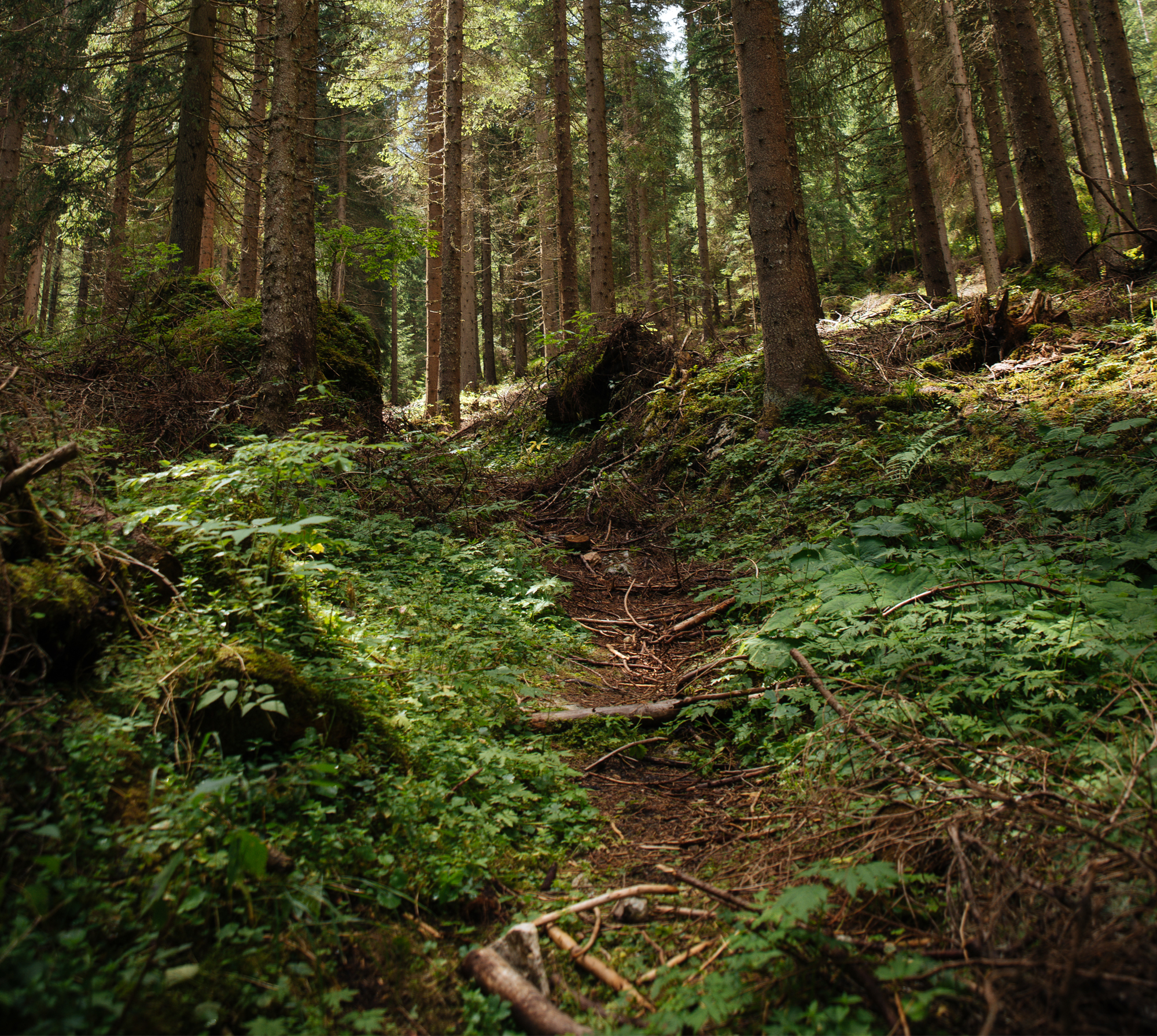
Geospatial assessment of land use and land cover dynamics in the mid-zone of Ghana
Autorzy
- Addo Koranteng Kumasi Technical University, Institute of Research, Innovation and Development, Kumasi, Ghana, e-mail: dr.adokay@gmail.com
- Isaac Adu-Poku Kwame Nkrumah University of Science and Technology, Geomatic Engineering Department, Kumasi, Ghana
- Emmanuel Donkor Resource Management Support Centre of Forestry Commission, Kumasi,Ghana
- Tomas Zawiła-Niedźwiecki Coordination Centre for Environmental Projects, Bitwy Warszawskiej 1920 r. 3, 02-362 Warszawa, Poland
Abstract
Land use and land cover (LULC) terrain in Ghana has undergone profound changes over the past years emanating mainly from anthropogenic activities, which have impacted countrywide and sub-regional environment. This study is a comprehensive analysis via integrated approach of geospatial procedures such as Remote Sensing (RS) and Geographic Information System (GIS) of past, present and future LULC from satellite imagery covering Ghana’s Ashanti regional capital (Kumasi) and surrounding districts. Multi-temporal satellite imagery data sets of four different years, 1990 (Landsat TM), 2000 (Landsat ETM+), 2010 (Alos and Disaster Monitoring Constellation-DMC) and 2020 (SENTINEL), spanning over a 30-year period were mapped. Five major LULC categories – Closed Forest, Open Forest, Agriculture, Built-up and Water – were delineated premised on the prevailing geographical settings, field study and remote sensing data. Markov Cellular Automata modelling was applied to predict the probable LULC change consequence for the next 20 years (2040). The study revealed that both Open Forest and Agriculture class categories decreased 51.98 to 38.82 and 27.48 to 20.11, respectively. Meanwhile, Built-up class increased from 4.8% to 24.8% (over 500% increment from 1990 to 2020). Rapid urbanization caused the depletion of forest cover and conversion of farmlands into human settlements. The 2040 forecast map showed an upward increment in the Builtup area up to 35.2% at the expense of other LULC class categories. This trend from the past to the forecasted future would demand that judicious LULC resolutions have to be made to keep Ghana’s forest cover, provide arable land for farming activities and alleviate the effects of climate change.
| DOI | 10.2478/ffp-2020-0028 |
|---|---|
| Source | Folia Forestalia Polonica, Series A – Forestry |
| Print ISSN | 0071-6677 |
| Online ISSN |
2199-5907 |
| Type of article |
original article |
| Original title |
Geospatial assessment of land use and land cover dynamics in the mid-zone of Ghana |
| Publisher | The Committee on Forestry Sciences and Wood Technology of the Polish Academy of Sciences and the Forest Research Institute in Sekocin Stary |
| Date | 14/12/2020 |
- Raspopina S., Debryniuk Y., Hayda Y. Forest plantation productivity – soil interactions within Western Forest-Steppe of Ukraine: effects of pH and cations
- Shpak N., Shlapak V., Adamenko S., Shvecs Y., Savchenko O. Local populations of Sorbus torminalis (L.) Crantz in forest plantings of natural origin in the South-Podolsk Forest-Steppe of Ukraine
- Kamiński K., Szewczyk G., Kocel J. Standardization of complementary work time in timber harvesting processes
- Andreieva O., Goychuk A. Forest site conditions and the threat for insect outbreaks in the Scots pine stands of Polissya
- Wysocka-Fijorek E., Gil W., Gołos P., Dobrowolska E. Who applies for afforestation subsidies? Analysis of the age of beneficiaries of the Rural Development Program from 2004–2018
- Koranteng A., Adu-Poku I., Donkor E., Zawiła-Niedźwiecki T. Geospatial assessment of land use and land cover dynamics in the mid-zone of Ghana
- Nekrasova O., Radchenko T., Filimonova E., Lukina N., Glazyrina M., Dergacheva M., Uchaev A., Betekhtina A. Natural forest colonisation and soil formation on ash dump in southern taiga
- Kraszewski B., Piasecka Ż., Sadkowski R., Stereńczak K. Automatic Airborne Laser Scanning Data Quality Control Procedure for Environmental Studies
- Hnatiuk O., Mohytych V., Sułkowska M. Distribution, protection and restoration of Taxus baccata L. in Ukraine

